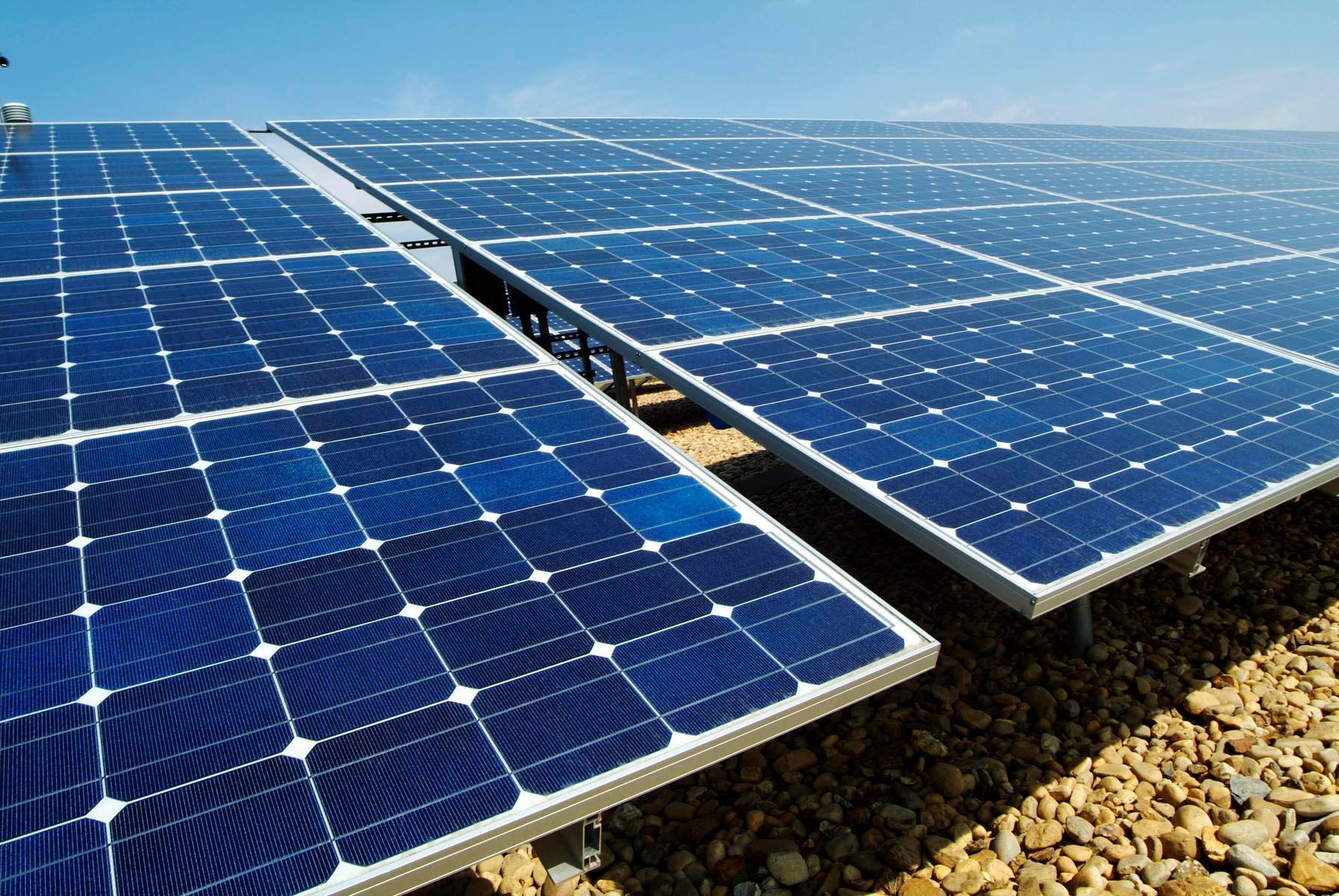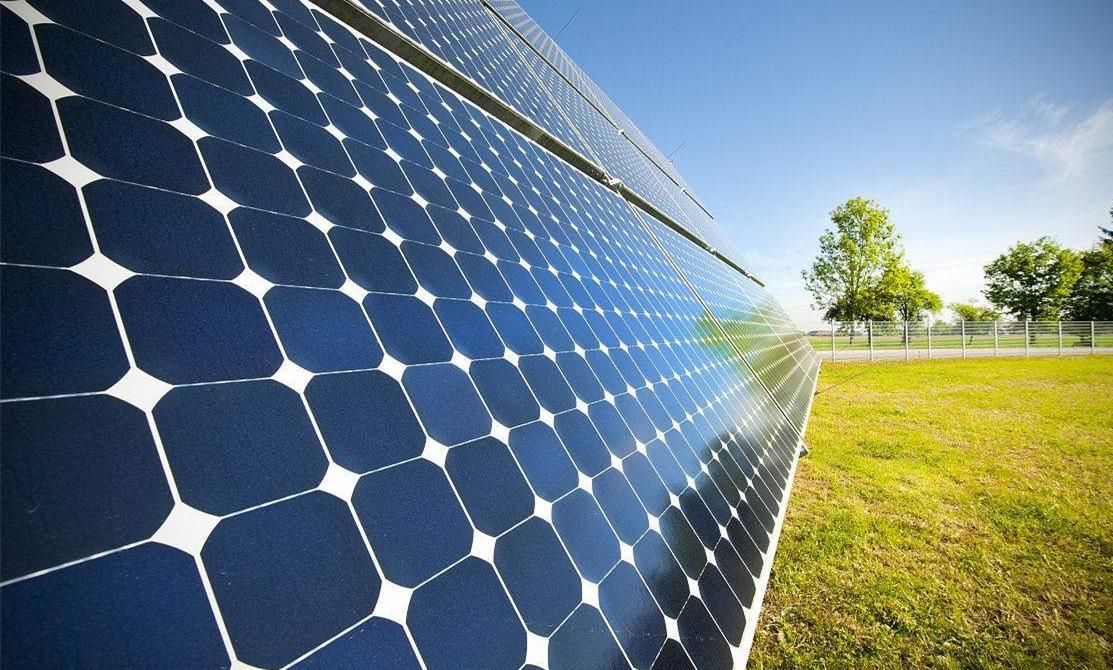创新背景
在辐射冷却中,物体通过辐射红外光散发热量。那是夜视镜探测到的不可见光。通常情况下,这种冷却方式对于像建筑物这样的东西并不适用,因为地球的大气层就像一张厚厚的毯子,将大部分热量困在建筑物附近,而不是让它逸出,最终进入广阔寒冷的太空。
创新过程
斯坦福大学的研究人员开发了一种新的屋顶装置将能够利用太阳光发电,同时将热量直接送入太空为建筑物降温。
该设备的朝阳层由相同的半导体材料制成,这些材料长期以来一直装饰着屋顶,将可见光转化为电能。创新之处在于该装置的底层,它的材料可以通过一种被称为辐射冷却的过程将热量从屋顶传送到太空。

冷却技术利用了这一新设计,即厚厚的大气毯本质上有小孔,允许特定波长的红外光直接进入太空。在之前的工作中研究人员开发了一种材料,可以将建筑物散发的热量转化为可以直接穿过大气的特定红外波长。这些材料向太空释放热量,可以节省建筑内部空调所需的能源。研究人员把同样的材料放在他的新设备的标准太阳能层下。

研究人员制作了一个馅饼盘直径的原型,并将他们的设备安装在斯坦福大学一栋大楼的屋顶上。然后,他们将屋顶的环境空气温度与设备顶部和底部的温度进行了比较。顶层的装置比屋顶的空气更热,这是有道理的,因为它吸收了阳光。但是,该设备的底层比屋顶上的空气要冷得多。这表明热量从底部向上辐射,穿过表层进入了太空。
创新关键点
创新之处在于该装置的底层,它的材料可以通过一种被称为辐射冷却的过程将热量从屋顶传送到太空。
创新价值
该新型装置有朝一日可以在同一地点同时通过控制光的两种截然不同的特性来产生能量和节约能源。
Innovative rooftop installations that harness solar power and cool buildings
Researchers at Stanford University have developed a new rooftop device that will be able to generate electricity from the sun's rays while sending heat directly into space to cool buildings.
The device's sunrise layer is made of the same semiconductor materials that have long adorned rooftops, converting visible light into electricity. The innovation lies in the device's bottom layer, which is made of material that can transfer heat from the roof to space through a process known as radiative cooling.
The cooling technology takes advantage of this new design, in which thick atmospheric blankets essentially have small holes that allow specific wavelengths of infrared light to pass directly into space. In previous work, researchers developed a material that converts heat emitted by buildings into specific infrared wavelengths that pass directly through the atmosphere. These materials release heat into space, saving energy for air conditioning inside the building. The researcher put the same material under the standard solar layer of his new device.
The researchers made a prototype of the diameter of a pie dish and mounted their device on the roof of a Stanford University building. They then compared the ambient air temperature on the roof to the temperature at the top and bottom of the device. The top floor unit is hotter than the roof air, which makes sense because it absorbs sunlight. But the bottom floor of the device is much colder than the air on the roof. This suggests that heat radiates from the bottom up, through the surface and into space.
What they couldn't test was whether the device could also generate electricity. The upper layer in the experiment was free of metal foil, which is normally found in solar cells and prevents infrared light from escaping. The team is now designing solar cells that do not require metal padding to fit the radiant cooling layer.
智能推荐
粒子加速器创新思维 | 创新开发“微型硅芯片”可利用红外激光加速电子移动
2022-10-25斯坦福大学的研究人员建造了一个可安装在芯片上的粒子加速器,可使一项技术小型化。
涉及学科涉及领域研究方向